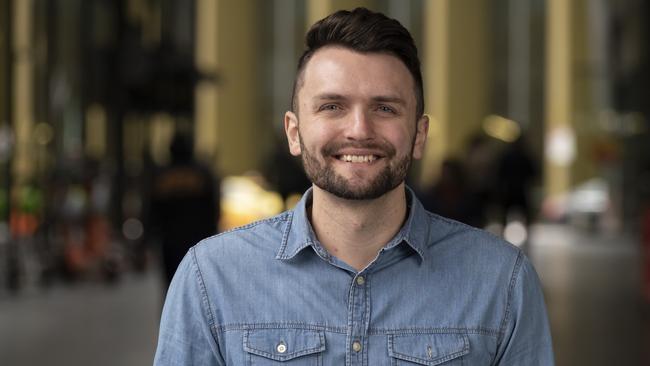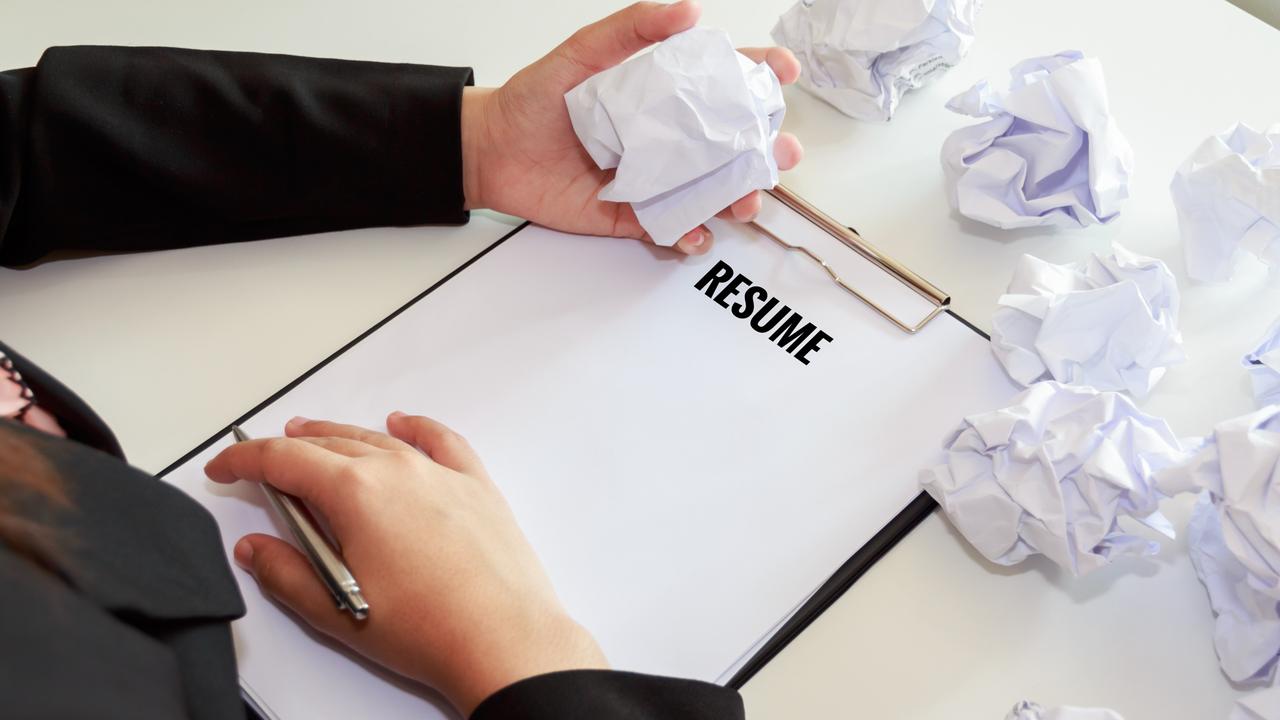How learning first aid could help you get a job
In the market for a new job? A particular skill will give you an advantage over others and could end up saving a co-worker’s life.

Careers
Don't miss out on the headlines from Careers. Followed categories will be added to My News.
Nearly half of Australians worry they will not get the help they need if they are sick or injured on the job, with experts calling for more workers to obtain their first aid qualifications.
As the job vacancy rate continues to fall from its pandemic high, recruiters say job seekers with first aid skills will “push ahead” of other candidates.
“First aid skills can be beneficial in all workplaces,” says Nick Deligiannis, managing director of recruitment specialist Hays.
“While it’s not a prerequisite for most roles, first aid training can be advantageous for jobs in industries with a higher risk of injury, such as construction, mining and manufacturing.
“It’s also beneficial for care industries, like healthcare and childcare.
“First aid training shows a candidate is proactive about health and safety and willing to invest their own time in upskilling and caring for the wellbeing of others.
“When employers are faced with two similarly qualified and experienced candidates, additional value-adding skills can help one stand out over the other.”

GROWING NEED
First aid skills are particularly valuable in any role that involves contact with others, including teaching, retail and hospitality, Deligiannis says.
People in the entertainment industry should also consider first aid training, particularly those working in theme parks and concert venues, he says.
“Along with first aid training that supports the physical health and safety of staff, there’s also a growing need for mental health first aiders to support staff who many be experiencing a mental health problem,” he says.
St John Ambulance Victoria healthcare training and product general manager David Loiacono says first aid skills are transferable across industries so “having them can open up opportunities in a variety of fields”.
“In addition, first aid training involves learning how to work as part of a team and communicate in high-pressure situations,” he says.
“These are all valuable skills that can translate to other areas of the workplace.”
ELIMINATE WORRY
Almost 500,000 Australians experienced a work-related injury or illness in the past financial year, ABS figures show.
These ranged from minor cuts and bruises to more serious incidents such as electrocution, falls from a height, vehicle accidents, mental health concerns and severe trauma,
St John Victoria research reveals 47 per cent of Aussie workers are scared that if something happened to them at work, nobody would know what to do.
“With the awareness that mere minutes can make the difference between life and death, employees are undoubtedly concerned about their safety and wellbeing at work,” Loiacono says.
“Having a larger proportion of the workforce trained in first aid can eliminate this worry.”
He says eLearning options mean basic first aid skills can be acquired in as little as 30 minutes, while accredited training can be undertaken within a day, or just four hours with pre-learning activities. St John Ambulance branches across Australia offer courses.

SAVING A CO-WORKER
Danon Osmanovic is a designated first aid officer at the distribution centre where he works as an area manager and is required to undertake regular first aid training as part of his role.
Just a fortnight after completing his last first aid refresher course, a co-worker had a heart attack and collapsed, requiring Osmanovic to perform chest compressions and use a defibrillator until paramedics arrived.
“I’ve been (first aid) trained for 10 years but I’ve never had to use it until then,” he says.
“But medical emergencies don’t wait for a right time – they happen when they happen and you’ve got to know what to do.”
Osmanovic’s colleague has since recovered. While his workplace already followed recommendations regarding the number of first aiders on site, more employees have since undergone training in recognition of the lifesaving skill.
“It’s definitely an experience that has shaped my perspective,” Osmanovic says.
“Before, I probably didn’t really care that much about doing the first aid (training) – I was doing it because it was a compliance tick-the-box type thing.
“But I can see how powerful it is now. It really is invaluable.”
FIRST ON SCENE
In an emergency, every minute counts. During a sudden cardiac arrest, patients who receive bystander CPR have a higher survival rate (11 per cent) compared with those who receive no bystander CPR (5 per cent). Similarly, survival is significantly higher when shocked first by public AED (50 per cent) compared to paramedics (27 per cent).
Source: Victorian Ambulance Cardiac Arrest Registry
Originally published as How learning first aid could help you get a job




